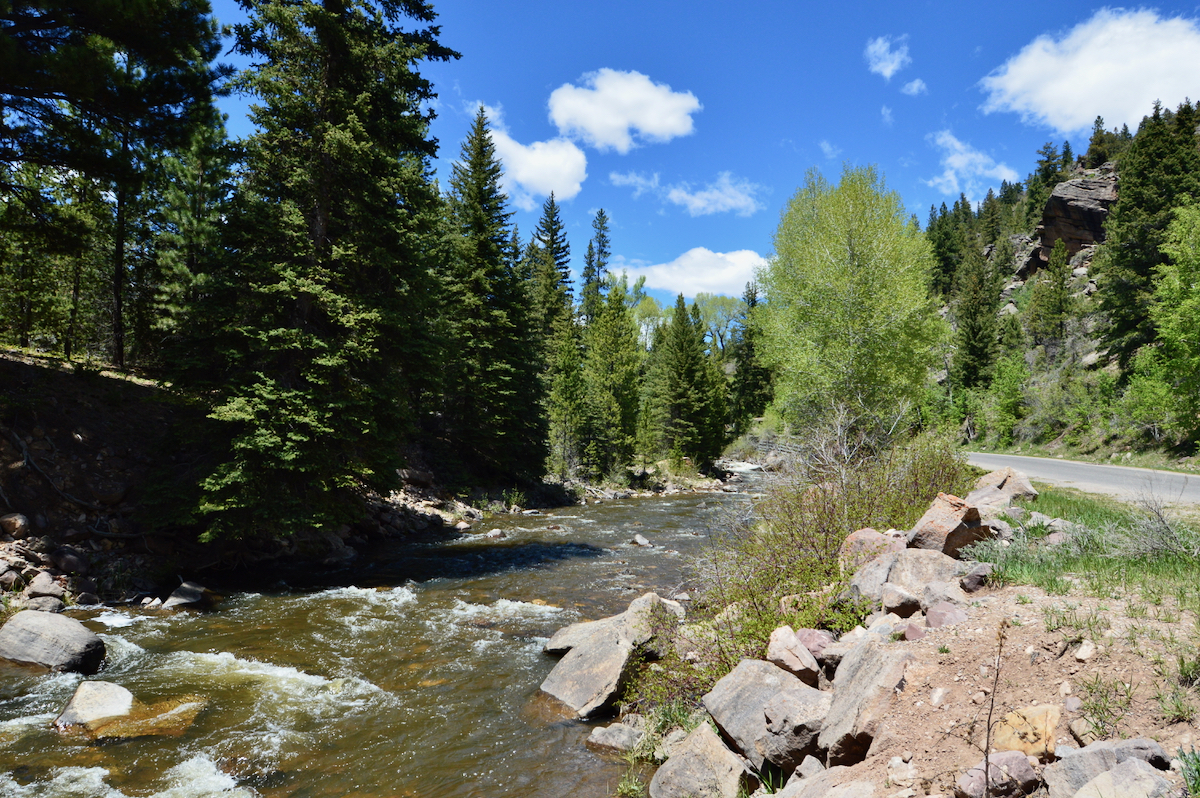Poised above a winding Utah forest road, as well as the North Fork of the Duchesne River, is a massive limestone outcrop that looks - to those with a sense of pareidolia - very much like a gigantic human head. Passersby might even imagine the craggy, squinting Stone Face, illustrated in the first photograph here, taken on May 25, 2020, to be a remnant and reminder of a lost civilization.
Pareidolia is the term used to describe our tendency to see images and patterns, such as faces and bodies and other shapes, in inanimate nature. Think of the fluffy poodle-clouds of a summer sky, or the clouds in songwriter Joni Mitchell's "Both Sides Now," a song made famous by singer Judy Collins in the late 1960s. Or consider psychologist Hermann Rorschach's inkblot tests - and the good old pareidolic Man in the Moon.

This particular Stone Face is in the southwestern Uinta Mountains, northwest of the tiny Tabiona Valley town of Hanna and below majestic cliffs of Mississippian Deseret Limestone. It's about 3.5 miles north of the intersection of Duchesne County Road 7 and Utah S.R. 35. The layered sedimentary rock, found in several Utah ranges, formed about 340 million years ago in Panthalassa, the single superocean that surrounded the supercontinent Pangaea. The limestone was eventually thrust upward about 50 to 70 million years ago, during the Laramide Orogeny, the mountain-building episode that created the east-west trending Uinta Mountains and other ranges. Shown in the bottom photo is the North Fork Duchesne River (pronounced Dew-shayne) that courses through a classic U-shaped canyon repeatedly carved and eroded during the glaciations of the Pleistocene ice ages. At upper right is the left side of the Stone Face.
Uinta Mountains, Utah Coordinates: 40.8827 -109.2971
